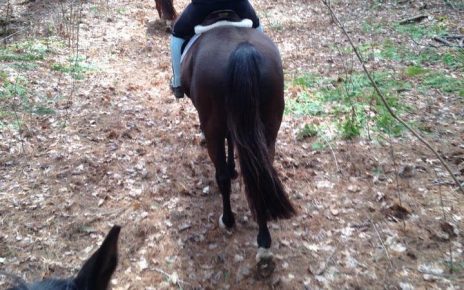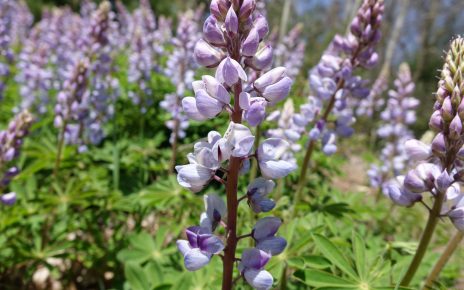From Forest to Desert
Our pioneer forefathers were faced with deeply forested, impenetrable bush when they arrived in this area.cheap replica watches By law they had to clear their free land and farm it. Without plant or forest cover,replica watches however, the sandy topsoil of this region blew away in the wind. Within 50 years parts of Norfolk County were desert.best TAG Heuer replica site


Saving Our Soil – Canada’s reforestation project

The St. Williams Forestry Station, established in 1908, was the first reforestation project in Canada. It was established to convert blow sands back into woodlots and to grow and ship seedlings all over southwestern Ontario.
There were 14 full time employees at the Station by 1917 and annual production of seedlings increased in to the millions. Seasonal employment during the depression was a major plus for the area.

The annual production, by 1970, consisted of 20 species including Pine, Spruce, White Cedar, Walnut, Oak and Poplar. Today 50 million trees are shipped per year, mostly conifers for reforestation of areas commercially harvested in timber production and 4,000 acres of woodlands and recreational facilities.
The legislation establishing the Station provided trees for reforestation, and also established demonstration forests where the benefits of good forestry practices could be shown to landowners. Following our example, six more forestry stations were established across Ontario. At one time, they produced more than 100 million trees per year. That’s enough to reforest 125 thousand acres or 50 thousand hectares.
The reserve is established
Ministry of Natural Resources reforestation nurseries, including the St. Williams Forest Station, were privatized in 1998, and the former Forest station was designated as a Conservation Reserve in March 2004.
The property’s rich cultural history is honoured in the goals and objectives of the St. Williams Conservation Reserve, and representative plantations are maintained to demonstrate the forestry practices of early 20th century Canada.
The production of nursery stock has now been placed into the private sector in Ontario, but the trees grown and planted by Provincial forestry staff and many private landowners will contribute to our environment and our economy for many generations into the future.
Growing partnerships
The production of nursery stock has now been placed into the private sector in Ontario, but the trees grown and planted by provincial forestry staff and many private landowners will contribute to our environment and our economy for many generations into the future.
Privatization of Ministry of Natural Resources reforestation nurseries in 1998 resulted in ForestCare’s presence at St. Williams until 2009, and the establishment of the St. Williams Nursery and Ecology Centre, which opened in July 2010.
St. Williams Nursery and Ecology Centre

The St. Williams Nursery and Ecology Centre provides native, source-identified, trees and plants for restoration and reforestation efforts in Canada.
This enterprise represents a new chapter in the story of the St. Williams Forestry Station by expanding beyond trees into native grasses, wildflowers and wetland plants; additionally offering ecological restoration consulting services.
More information: St. Williams Nursery & Ecology Centre
St. Williams Interpretive Centre

The St. Williams Interpretive Centre is a museum occupying the original nursery site, dedicated to the historical, current and future operations of the St. Williams Forestry Station. The museum features displays, artifacts and an interpretive walking trail highlight some of the natural heritage features of the area.
The museum is located at 885 Hwy. #24, at the corner of Forestry Farm Rd., St. Williams, ON.
Reforestation in Ontario

Over its 100 years of existence, the St. Williams Forestry Station has had a far reaching environmental benefit right across the landscape of Southern Ontario. Tens of thousands of hectares of forest now grow where farms proved unprofitable. Graceful rows of evergreen trees have been planted to give protection to crops and mark property lines.
The legislation establishing the Station provided trees for reforestation but also provided for the establishment of demonstration forests where the benefits of good forestry practices could be shown to landowners. Six more forestry stations were established across Ontario. At one time, they produced more than 100 million trees per year. That’s enough to reforest 125 thousand acres or 50 thousand hectares.




